All plants need light. In the leaves under its influence, one of the most significant biological processes occurs — photosynthesis. As we know, in this case, the energy of light with the participation of carbon dioxide consumed from the atmosphere is converted into carbon and oxygen. Carbon in combination with minerals coming from the soil, as well as with the participation of pigments — chlorophylls a and b — is used for the “construction” of leaves, stems and fruits. Oxygen is released back into the atmosphere.
The process of photosynthesis can occur fully only in the presence of a sufficient amount of light. And it is not just the power of the luminous flux that is important, but a certain correct spectrum. How to provide plants in the home garden with competent lighting and get a decent harvest?
Basic parameters of light radiation
1. The intensity of the light itself (the power of the luminous flux). This indicator differs for different plant species. For example: tomato is a light-loving vegetable, it needs a lot of light. And pepper for normal flowering and fruiting has enough light intensity for 40% less. The light intensity can be adjusted by height fitosterine: with decreasing distance from the lamp to the plants increases the intensity but decreases the illumination area, and Vice versa, by increasing the height decreases the intensity but increases the area.
2. The light period, i.e. the time during the day during which the plant is illuminated. You can achieve a significant improvement in growing results by using different combinations of “day” and “night” durations for different crops. After all, there are short-day plants that have adapted to exist in the conditions of a long night, and long-day plants-for them, a long light day is preferable.

What is the correct spectrum?
Conventional incandescent lamps are not suitable for lighting plants, their spectrum is shifted to the red part — a large proportion is infrared (thermal) radiation. Under its influence, the seedlings will simply stretch out. To perform photosynthesis, the light spectrum must be narrowly focused: it consists of 90% of blue and red and only very slightly of green and yellow. At the same time, each “color” carries a certain energy.
Red spectrum (660 nanometers) promotes the production of chlorophyll a. It has a greater effect on the development of the root system, pulling plants, fruit maturation and flowering.
Blue spectrum (451 nanometers) promotes the production of chlorophyll b, activates protein synthesis in the plant and affects the increase in green mass, thickening of stems, laying new shoots.
Special phytolamps work in these ranges: the rest of the spectrum is practically useless for plants.

What is the most effective phyto-luminaire?
In recent years, LED light sources have been gaining popularity. They consume 2-3 times less electricity compared to other light sources, because conventional lamps spend energy on the entire spectrum, including unnecessary plants, and special phyto-light diodes can shine in a fairly narrow range of the spectrum. Their energy is spent on the most efficient spectrum, which means you can save on electricity. As a result, for 1 watt of electricity spent, the effect of the LED will be almost 3 times higher! The LEDs themselves have a service life of over 100,000 hours. They do not cause heat burns in plants and can be located very close to the leaves.
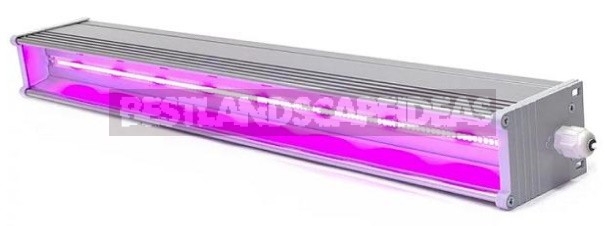
Modern phyto-luminaries are easy to use. They don’t have reflectors and forced cooling systems that make noise. Everything is enclosed in one case. There are not many reasons for the “headache” of the user — everything is simple and convenient. This is a ready-made device that only needs to be hung or attached to a special bracket in the right place and plugged into the socket.
Bi-color or full-spectrum?
LED phyto lights are bicolor and full-spectrum. The first ones are mainly used for growing seedlings, rooting, as well as where there is natural lighting (greenhouses, greenhouses), but there is a lack of two important spectra-blue and red.
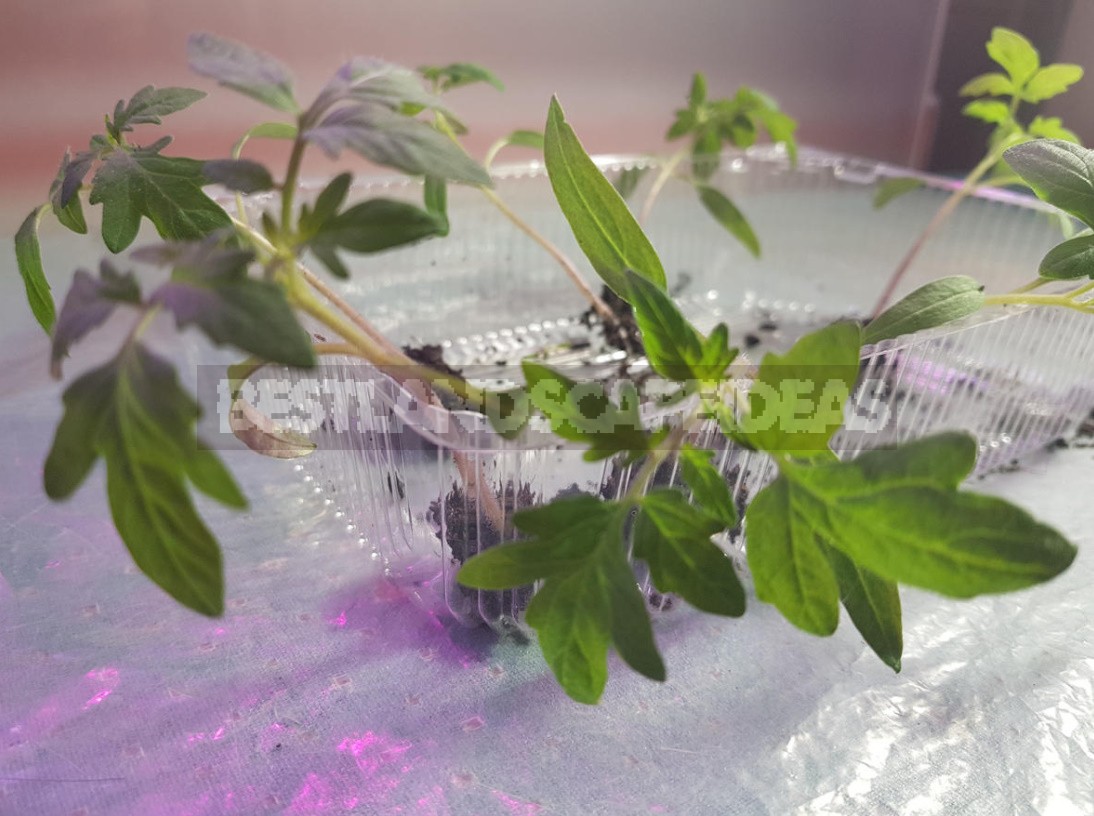
And full-spectrum phyto-luminaries are needed where there is no natural light at all or very little of it. These are lamps that contain all the spectra, they will be in use from the beginning of plant growth to flowering and fruiting.
How to choose a led fitolamps?
Choosing a high-quality LED phyto-luminaire is an important and difficult task. These recommendations will help you understand all the details and avoid mistakes.
1. The body of the lamp. This is the first thing to pay attention to. It should only be made of aluminum. (And by no means made of plastic!) There is an explanation for this: during the glow process, absolutely all LEDs heat up, it is impossible to avoid this. To prevent the light source from overheating, it is necessary to remove excess heat from it. And for this you need a certain radiator-it becomes an aluminum case of the device. The more powerful the lamp, the more massive the body should look.
And the plastic case, as an insulator, acts as a thermos, simply does not allow heat to escape. As a result, the LED overheats, which reduces the luminous flux (efficiency). The result is burnout. The service life of such lamps is very small, and the efficiency is also low. There are even cases of ignition of the plastic case due to overheating.
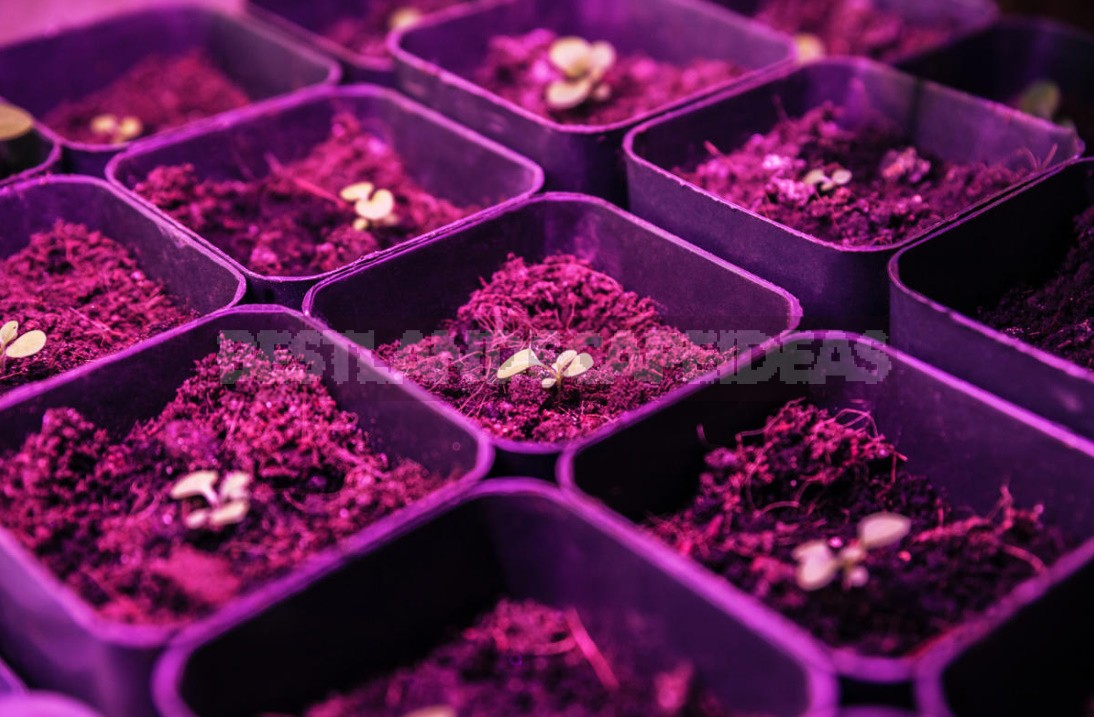
2. Power. When choosing a phytolamps for a home garden or seedlings, keep in mind that its rated power should be at least 25-30 Watts, and better — 40-50 Watts.
3. The ratio of the power of the phyto-luminaire and the area that it illuminates. Unscrupulous manufacturers and sellers can promise you that a phytolamps of 30-40 Watts will illuminate all 10 m²! You can’t believe it. Of course, if you hang a forty-watt lamp at a height of 2.5 m, it will illuminate such an area, but do not expect any benefit from this light for plants. And always remember a simple rule: with an increase in height twice the strength of the luminous flux decreases by 4 times!
If we talk about the recommended height at which you need to hang a phytolamps for seedlings, then you can give such examples: an LED lamp with a length of 50 cm and a power of 25 Watts can be located at a height of 15-30 cm, the same length of a device with a power of 40-50 Watts — at a height of 20-50 cm. In other words, the more powerful the lamp, the higher it can be installed.

Figures of light (the units of these Lux and lumens) is not important for fitolamps, they are not worth paying attention to. These units characterize only the perception of the light flux by the human eye. The most important thing for phyto — light is the power of the luminous flux in a certain spectrum. It is measured using a complex instrument-a PPFD meter – in micromoles per 1 m² per second (µmol/m²/s). But we just need to know that the main indicator of light efficiency for plants is the parameter PAR (Photosynthetically Active Radiation), translated as “photosynthetic active radiation” (PAR).
Moreover, each spectrum carries a different number of photons. For example, the green LED of the spectrum of 540 nanometers (nm) has a high indicator of 118 lux, but in terms of the HEADLIGHT parameter (micromol) it is very weak, and the blue LED of the spectrum of 440 nanometers (nm) can give only 30-50 lux, but its PAR will be several times greater than that of 540 nanometers. Or take a red diode with a spectrum of 650 nanometers: it “gives out” only 30-40 lux, but its PAR value is even higher than that of the blue 440 nanometers. In other words, the plant does not care about the energy of photons — it is their number that matters. Therefore, in phyto-luminaries, it is necessary to pay attention to such a characteristic as PPF (Photosynthetic Photon Flux).
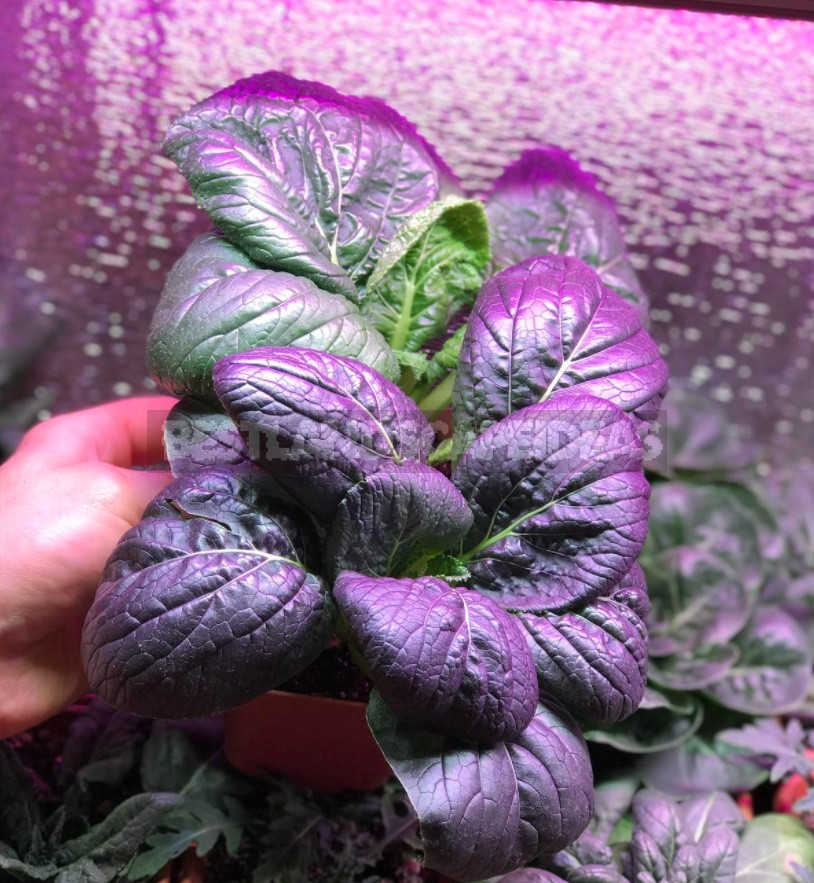
You can choose a high-quality phytolamp only from a trusted manufacturer — or trust the recommendations of those who have already bought lamps and can advise you on a specific model. But always remember the criteria mentioned above.

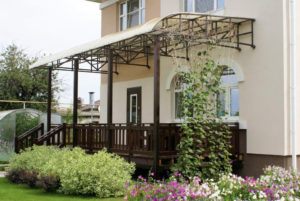
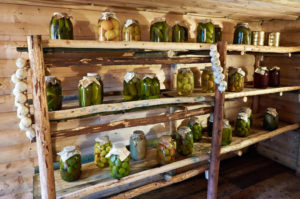

Leave a Reply